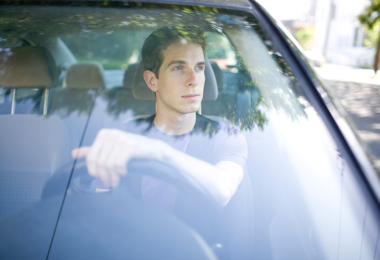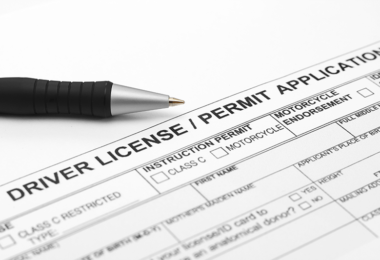Home / Modules / Components / Night restrictions starting at 9 or 10 pm / Implementation activities
Implementation activities
- Examine teen fatal and serious injury crash data according to time of day to identify when teens are most likely to crash during night hours.
- Quantify serious teen crashes during night hours that are not protected by the existing night driving restriction.
- Estimate the annual number of night driving fatal and serious injury crashes, and miles driven (or licensed drivers) by driver age. The miles driven (or licensing) and serious crash data can be combined to compare rates of crashes per miles driven (or driver) for each of the age groups.
- Determine whether there is any indication of increases in fatal night driving crashes age of 16 to 17 year old drivers compared to those of older age groups at the state or local level.
- Conduct surveys of parents and teens to assess the level of support for earlier night restrictions. Research shows that parents of teenagers are supportive of night restrictions and with early start times. In a national survey, nine out of ten (90%) parents approved of night restrictions, and of those who approved, more than three-quarters agreed the start time should be 10 pm or earlier.2.
- Anticipate and counter concerns about an earlier night restriction. Only 38% of state agencies responsible for teen driving laws surveyed were in favor of this largely because they felt earlier restrictions were difficult to enforce and would reduce mobility.3
- Provide legislators and stakeholders with teen crash data according to hour of day, which should show that a large proportion of crashes occur in the hours before midnight.
- Consider a fallback position that may be applied to support implementation that proposes incremental changes. For example, research indicates that making the restriction start time earlier, but not 10 pm (e.g. from 1 am to 11 pm) would have safety benefits.4





